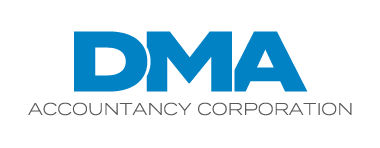Section 179D of the Internal Revenue Code allows a deduction for the cost of energy-efficient improvements to new or existing commercial buildings, as well as certain residential rental buildings. Originally a temporary incentive that was renewed several times, the tax break became permanent under legislation passed in late 2020. The legislation also called for the maximum deduction amount to be adjusted for inflation — making it even more valuable.
Although the Sec. 179D deduction targets property owners who undertake energy-efficient improvements, it can also be available to certain contractors involved in government-funded projects.
Gateway to eligibility
Federal, state or local governments that make energy-efficient improvements to their new or existing buildings may allocate the deduction in writing to the taxpayer “primarily responsible for designing” the improvements.
IRS guidance defines “designer” in this context as one who “creates the technical specifications for installation of energy-efficient commercial building property” as distinguished from one who “merely installs, repairs, or maintains the property.” Usually, that means an architect, engineer, or environmental or energy consultant.
However, “construction contractors” who have significant input into the design of energy-efficient improvements — for example, those involved in design-build contracts with government entities — may also be able to claim the deduction.
Qualifying improvements
The Sec. 179D deduction is available for new construction as well as additions to or renovations of commercial buildings of any size. Multifamily residential rental buildings that are at least four stories above grade typically qualify, too. Building owners or designers may immediately deduct the cost of eligible energy-efficient improvements up to a qualifying amount. (Contact us for the specifics.)
An eligible improvement is otherwise depreciable property installed as part of a building’s interior lighting system, HVAC and hot water systems, or building envelope. It must be part of a plan designed to reduce annual energy and power costs by at least 50% compared with applicable industry standards. An independent contractor or licensed engineer needs to certify the plan. Partial deductions are available for building components that achieve certain lesser energy savings targets.
Previous tax years
If you believe your construction company was entitled to Sec. 179D deductions for projects completed in previous tax years, but you failed to claim them at the time, you may file an amended return to recover the missed tax benefits.
Bear in mind that the deadline for doing so is generally three years from the date you filed the original return. Building owners have another option: file IRS Form 3115, “Application for Change in Accounting Method,” and claim catch-up deductions in the current tax year. This option isn’t available to designers.
Worth a look
If your construction business works on energy-efficient improvements to government buildings, and is involved in creating the improvements’ technical specifications, it’s worth a look to determine whether you’re eligible to claim the Sec. 179D deduction. Also bear in mind that the Inflation Reduction Act, signed into law a little over a year ago, includes some important energy-related tax incentives as well. Our firm can provide further details.
© 2023


Recent Comments